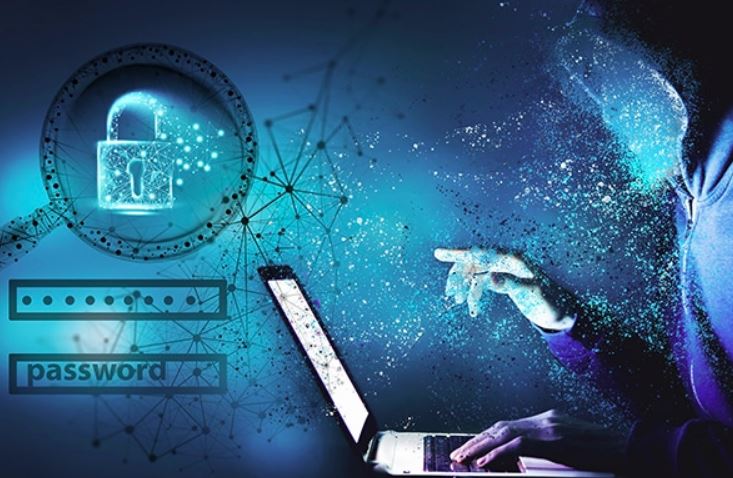
Cybersecurity: Safeguarding Your Digital World from Potential Threats
In our interconnected digital world, cybersecurity has become paramount to protecting our personal and professional lives. With technological advancements, the potential threats and risks have also escalated. In this blog post, we will explore the importance of cybersecurity and provide practical tips on how to safeguard your digital world from potential threats.

1. Understanding the Threat Landscape:
To effectively protect yourself from cybersecurity threats, it is crucial to understand the landscape. Cyber threats can come in various forms, such as malware, phishing attacks, hacking, ransomware, and data breaches. Hackers and cybercriminals are constantly evolving their tactics, making it essential for individuals and businesses to stay informed about the latest threats and vulnerabilities.
2. Strong Passwords and Authentication:
One of the fundamental steps in securing your digital world is to use strong passwords and implement multi-factor authentication (MFA). Choose passwords that are unique, complex, and not easily guessable. Enable MFA whenever possible, which adds an extra layer of security by requiring additional verification beyond a password, such as a fingerprint or a unique code sent to your mobile device.
3. Keep Software and Devices Updated:
Maintaining up-to-date software and devices is vital for cybersecurity. Regularly update your operating system, web browsers, antivirus software, and other applications to patch any security vulnerabilities. Enable automatic updates whenever possible to ensure that you receive the latest security patches and bug fixes.
4. Be Cautious of Phishing Attacks:
Phishing attacks are a common method used by cybercriminals to trick individuals into revealing sensitive information. Be cautious of suspicious emails, messages, or calls asking for personal or financial information. Avoid clicking on suspicious links or downloading attachments from unknown sources. Verify the legitimacy of communication by directly contacting the organization through official channels.
5. Secure Your Wi-Fi Network:
Securing your Wi-Fi network is essential to prevent unauthorized access to your devices and data. Change the default router password, enable network encryption (such as WPA2), and disable remote management. Additionally, use a strong, unique Wi-Fi password that is not easily guessable.
6. Backup Your Data:
Regularly backing up your data is crucial in case of a cyber-attack or data loss. Utilize both cloud-based and offline backup solutions. Cloud storage services provide convenient and secure backup options, while offline backups, such as external hard drives or offline storage devices, offer additional protection against potential malware or ransomware attacks.
7. Educate Yourself and Practice Safe Online Behavior:
Stay informed about the latest cybersecurity best practices and educate yourself about potential threats. Regularly update your knowledge through reputable sources such as cybersecurity blogs, government websites, and security forums. Practice safe online behavior by being cautious of the websites you visit, the information you share, and the files you download. Use caution when connecting to public Wi-Fi networks, and avoid accessing sensitive information or making financial transactions on unsecured networks.
Conclusion:
Cybersecurity is a critical aspect of our digital lives, and safeguarding our digital world from potential threats is essential. By understanding the threat landscape, implementing strong passwords and authentication methods, keeping software and devices updated, staying vigilant against phishing attacks, securing your Wi-Fi network, backing up your data, and practicing safe online behavior, you can significantly reduce the risk of falling victim to cyber threats. By adopting proactive cybersecurity measures, you can protect your personal and professional information and enjoy a safer and more secure digital experience.



